How to Choose the Right Binders for Your Supplement Tablets
When making supplement tablets, choosing the right binders can mean the difference between a strong, smooth-pressing tablet and a crumbly, frustrating mess. Binders are the glue that holds everything together, ensuring that your tablets stay intact during manufacturing, storage, and consumption.
If you’ve ever wondered why some tablets dissolve quickly while others take their time, or why some break apart in the bottle, the secret lies in the binder choice. In this guide, we’ll walk you through choosing binders for supplement tablets, breaking it down in a way that’s easy to digest—just like a well-formulated tablet!
What Are Binders and Why Do They Matter?
Think of a tablet like a sandcastle. If you scoop up dry sand and try to shape it, it falls apart instantly. But if you add just the right amount of water, the grains stick together, forming a sturdy castle. In tablet formulation, binders work like that water in the sandcastle, ensuring the powder particles in your formulation hold together and stay compressed.
The Role of Binders in Tablet Manufacturing
Binders are responsible for:
✅ Holding the tablet together – Prevents crumbling or breaking during handling.
✅ Ensuring uniformity – Keeps ingredients evenly distributed in each tablet.
✅ Controlling disintegration – Helps tablets dissolve at the right speed for proper absorption.
✅ Improving manufacturability – Makes powder blends easier to press into tablets.
Without a proper binder, your supplement tablets could end up too weak to hold their shape or too hard to dissolve in the body.
Factors to Consider When Choosing Binders for Supplement Tablets
Not all binders are created equal! The best one for your tablet depends on multiple factors, including:
1. Your Tablet Composition & Active Ingredients
Some binders can interact with your active ingredients, affecting their potency or stability. For example, moisture-sensitive ingredients need binders that don’t absorb too much water.
2. Your Tablet Manufacturing Process
There are three main ways to make tablets:
- Direct Compression – Requires binders with good flowability (like MCC).
- Wet Granulation – Needs binders that can form strong, uniform granules (like PVP).
- Dry Granulation – Uses minimal binders since powders are compacted under high pressure.
Each process favors different binder types, so your choice matters!
3. Desired Tablet Characteristics
- Need a fast-dissolving tablet? Use a binder that breaks down quickly in water.
- Want a controlled-release effect? Use a binder that slows down disintegration.
- Making chewable tablets? Pick a binder that improves texture and mouthfeel.
4. Regulatory & Consumer Preferences
- Clean-label and natural formulations may require plant-based binders.
- Vegan, gluten-free, or allergen-free claims restrict certain binder choices.
- Cost considerations – Some binders are more expensive but offer better functionality.
Now that we know what to look for, let’s explore the best binder options for supplement tablets.
Types of Binders Used in Supplement Tablets
Binders come in various forms—natural, synthetic, and sugar-based—each with unique properties.
1. Natural Binders (Best for Clean-Label Formulations)
Microcrystalline Cellulose (MCC) – The "Swiss Army knife" of tablet binders! Works well in direct compression and improves flowability.
Starch & Modified Starches – Cost-effective, widely used in wet granulation for strong binding.
Xanthan Gum, Guar Gum, & Acacia Gum – Great for chewable and effervescent tablets, adding texture and smoothness.
Alginates & Pectin – Excellent for moisture resistance and slow-release formulations.
2. Synthetic Binders (For Stronger, More Controlled Binding)
Povidone (PVP) – A wet granulation superstar, providing strong adhesion and good tablet hardness.
Hydroxypropyl Methylcellulose (HPMC) – Great for controlled-release tablets, regulating dissolution rates.
Sodium Carboxymethyl Cellulose (CMC-Na) – Helps improve disintegration and solubility in water-based formulations.
3. Sugar-Based Binders (For Taste & Texture Improvements)
Maltodextrin – A natural sweetener and binder used in chewable and effervescent tablets.
Sucrose & Glucose Solutions – Common in flavored tablets and lozenges, improving mouthfeel.
Choosing the Best Binder for Your Tablet Type
Every type of supplement tablet has its own ideal binder. Here’s a quick reference guide:
| Tablet Type | Recommended Binders |
|---|---|
| Direct Compression | MCC, PVP, Starch |
| Wet Granulation | Povidone, HPMC, Gelatin |
| Chewable Tablets | Xanthan Gum, Guar Gum, Maltodextrin |
| Effervescent Tablets | Acacia, Alginates, Sucrose |
| Controlled-Release | HPMC, CMC-Na, PVP |
Common Binder-Related Problems & How to Fix Them
Even with the right binder, formulation issues can arise. Here’s how to tackle common problems:
Problem: Tablets Are Too Soft & Crumbly
✅ Fix: Increase binder concentration or use a stronger binder like PVP.
Problem: Tablets Don’t Dissolve Quickly
✅ Fix: Avoid high-viscosity binders and try MCC or CMC-Na for better disintegration.
Problem: Capping & Lamination (Tablet Splitting)
✅ Fix: Adjust binder levels or switch to a more cohesive binder.
Problem: Poor Powder Flowability
✅ Fix: Use free-flowing binders like MCC or pregelatinized starch.
How to Test & Optimize Your Binder Selection
To ensure you’ve chosen the best binder, perform these tests:
1️⃣ Pre-Formulation Trials – Test different binders for tablet strength and uniformity.
2️⃣ Dissolution Studies – Check how the binder affects active ingredient release.
3️⃣ Batch Production Runs – Ensure the binder works well for large-scale manufacturing.
Fine-tuning your binder choice will lead to a more efficient production process and higher-quality tablets.
Why the Right Binder Can Make or Break Your Supplement Tablets
When it comes to choosing binders for supplement tablets, selecting the right one isn’t just a technical decision—it’s a business advantage. The right binder can improve tablet quality, reduce production issues, and enhance customer satisfaction, all while making your manufacturing process more efficient.
How the Right Binder Benefits Your Supplement Business
✅ Stronger Tablets, Fewer Breaks – Reduce waste and avoid losing product due to fragile tablets that crumble too easily.
✅ Better Flowability for Faster Production – Using high-quality tablet binders like MCC ensures smooth processing with fewer machine stoppages.
✅ Optimized Disintegration for Maximum Effectiveness – The right binder helps ensure proper dissolution, so your customers get the full benefits of the active ingredients.
✅ Compliance with Industry Standards – Using clean-label, vegan, or allergen-free binders helps meet customer demands and regulatory requirements.
✅ Cost-Effective Formulation – The right binder reduces the need for extra additives, simplifying your ingredient list and saving money on unnecessary excipients.
At BuildaPill, we understand that selecting the right binders for supplement tablets is critical for success. That’s why we offer expert guidance and pre-mixed excipient blends to help you formulate high-quality, efficient, and cost-effective tablets.
Need Help Choosing the Right Binder? Let’s Talk!
If you're looking for professional-grade excipients designed for smooth tablet production, BuildaPill has you covered. Contact us today to find the perfect binder solution for your supplement formulation needs!
Final Thoughts: Choosing the Right Binder for Success
Selecting the right binder isn’t just about holding a tablet together—it affects manufacturability, disintegration, and consumer experience. Whether you’re making chewable, effervescent, or controlled-release tablets, choosing the right binder can make or break your final product.
At BuildaPill, we offer pre-mixed excipient blends to simplify formulation and optimize your tablet performance. Want expert guidance in binder selection? Contact us today!

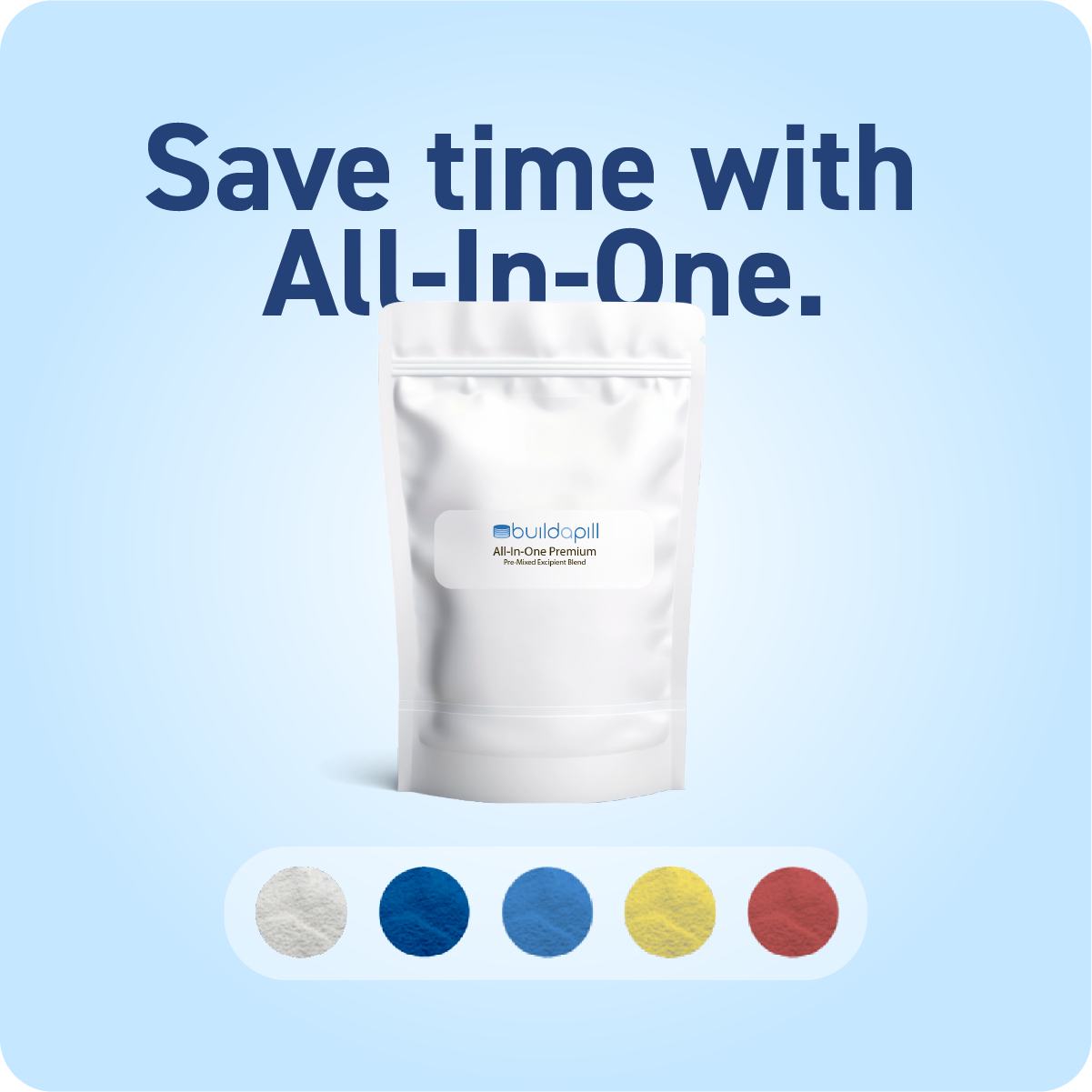
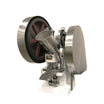
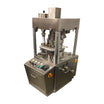
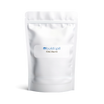
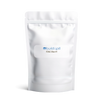
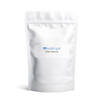
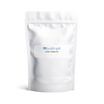
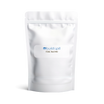
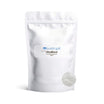
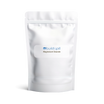
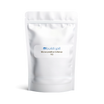
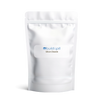
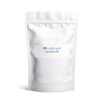
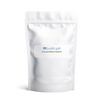
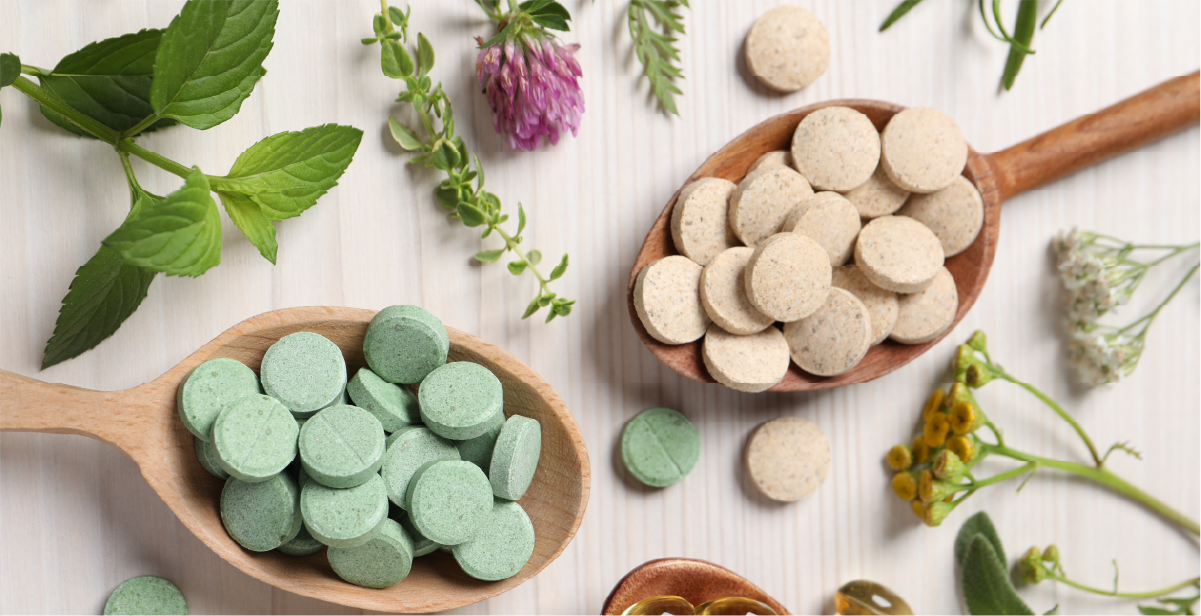
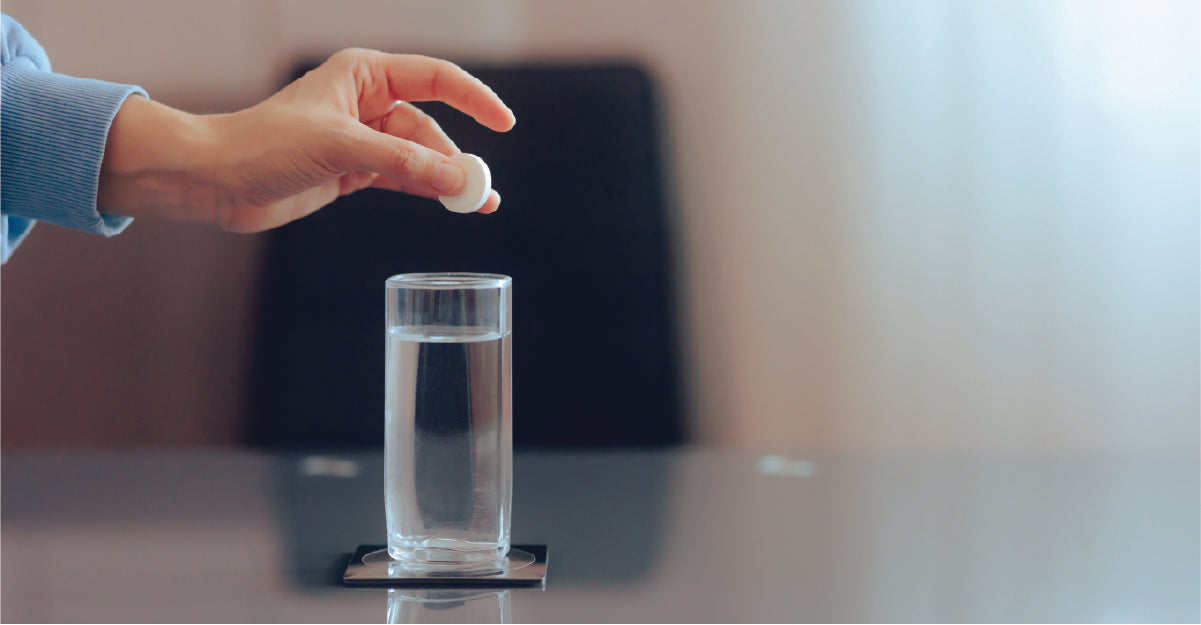
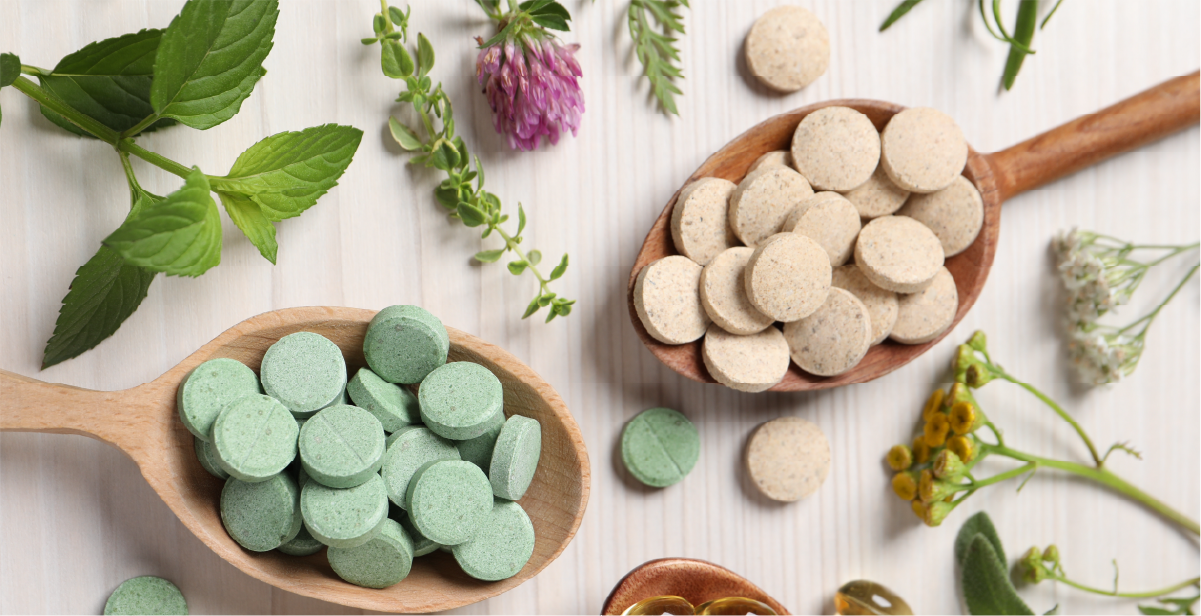
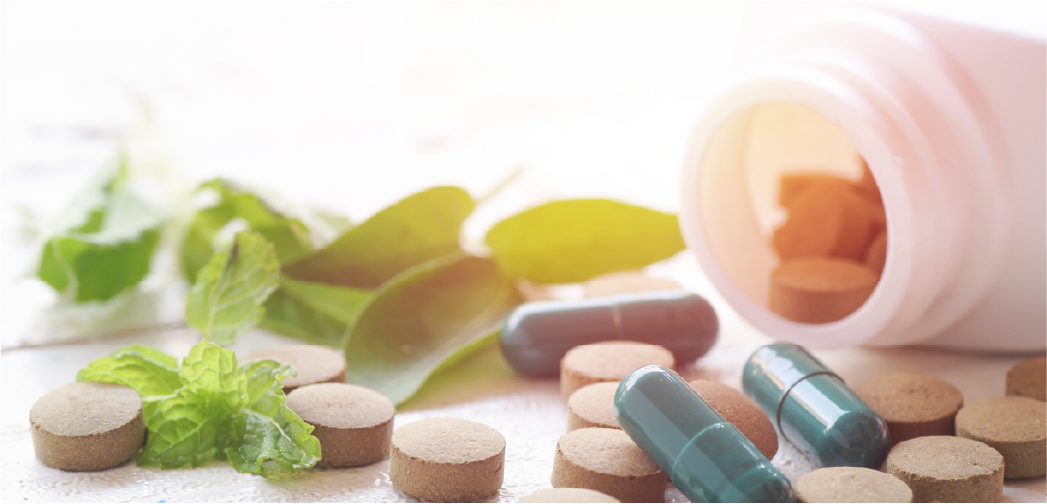

Leave a comment
This site is protected by hCaptcha and the hCaptcha Privacy Policy and Terms of Service apply.